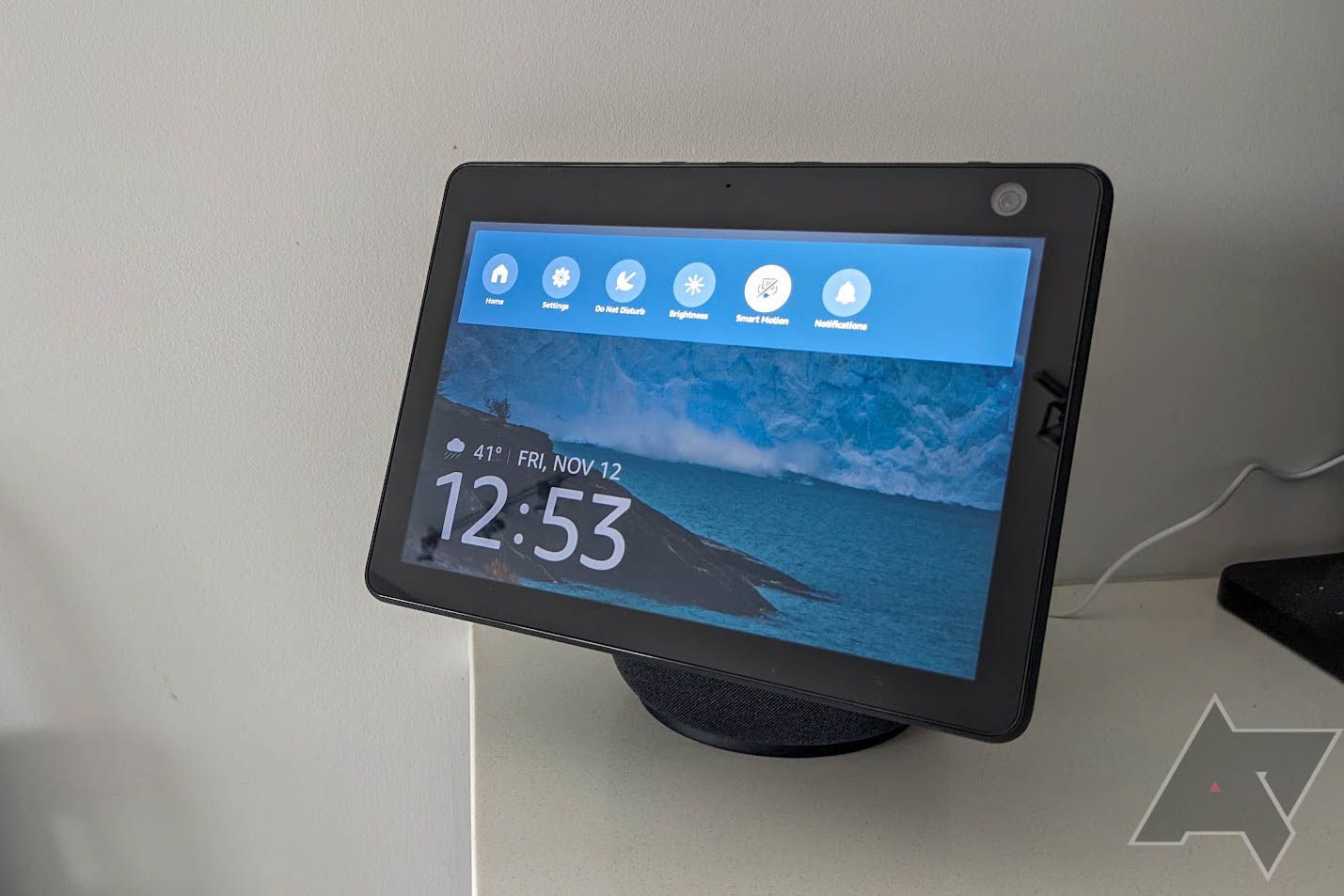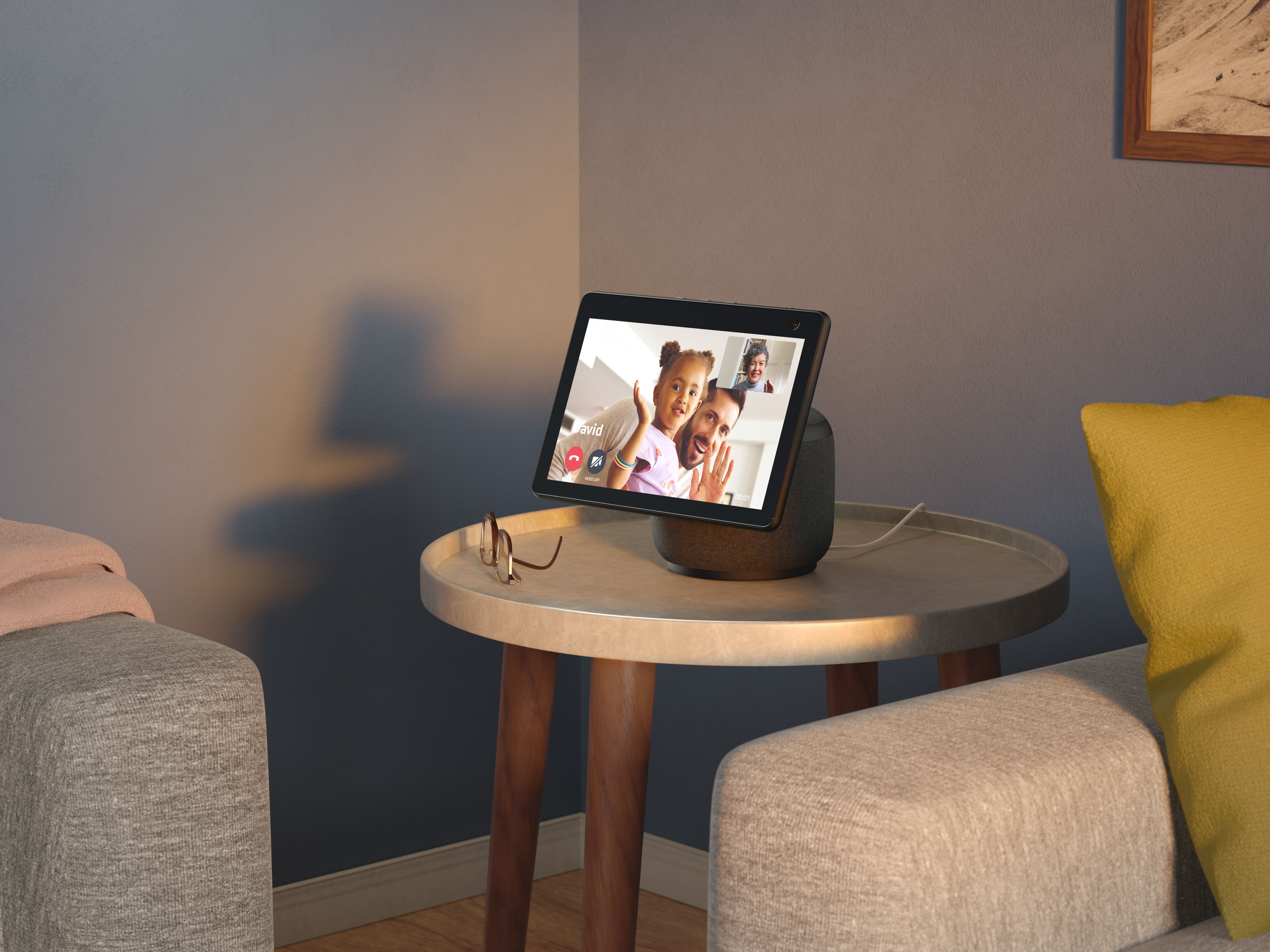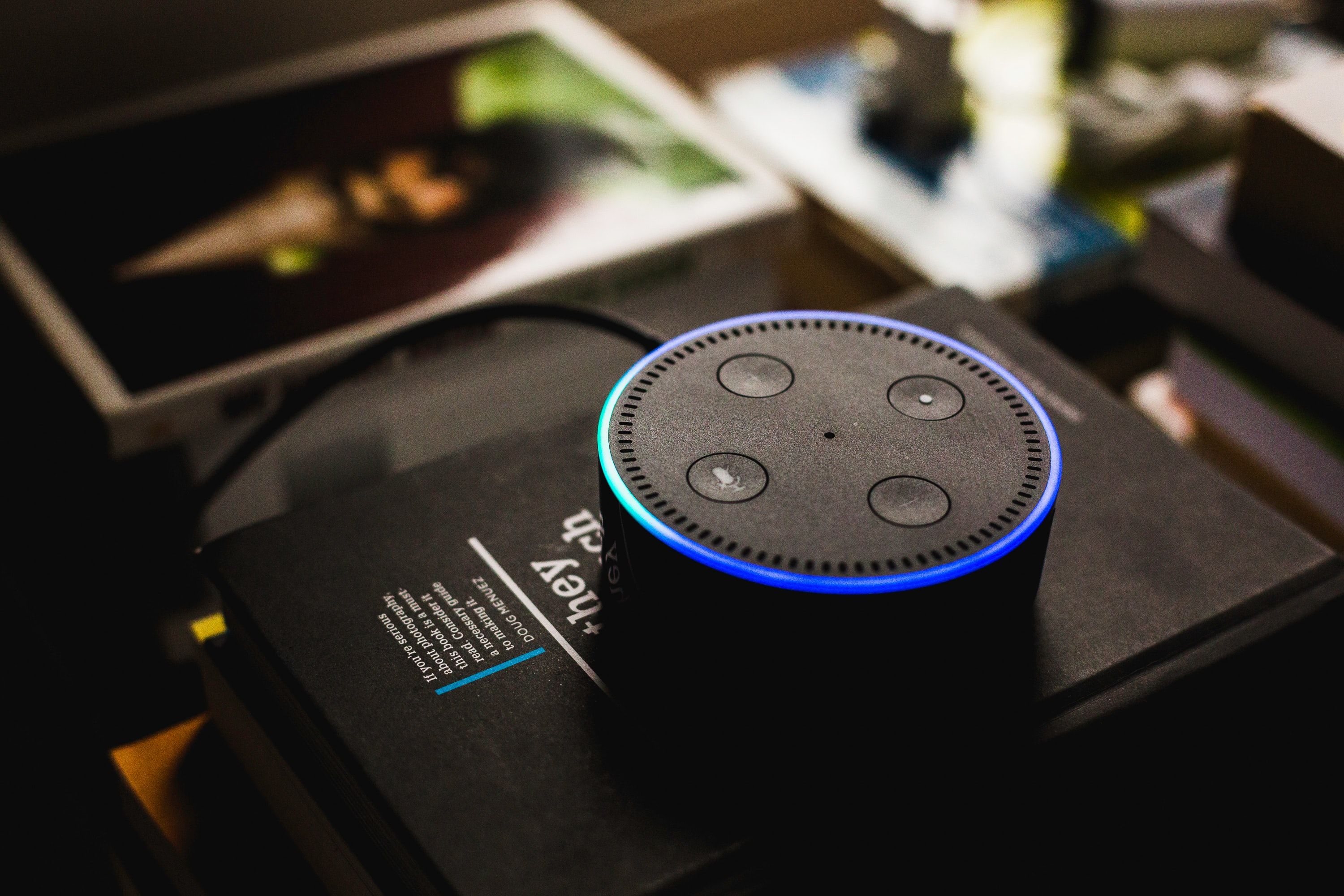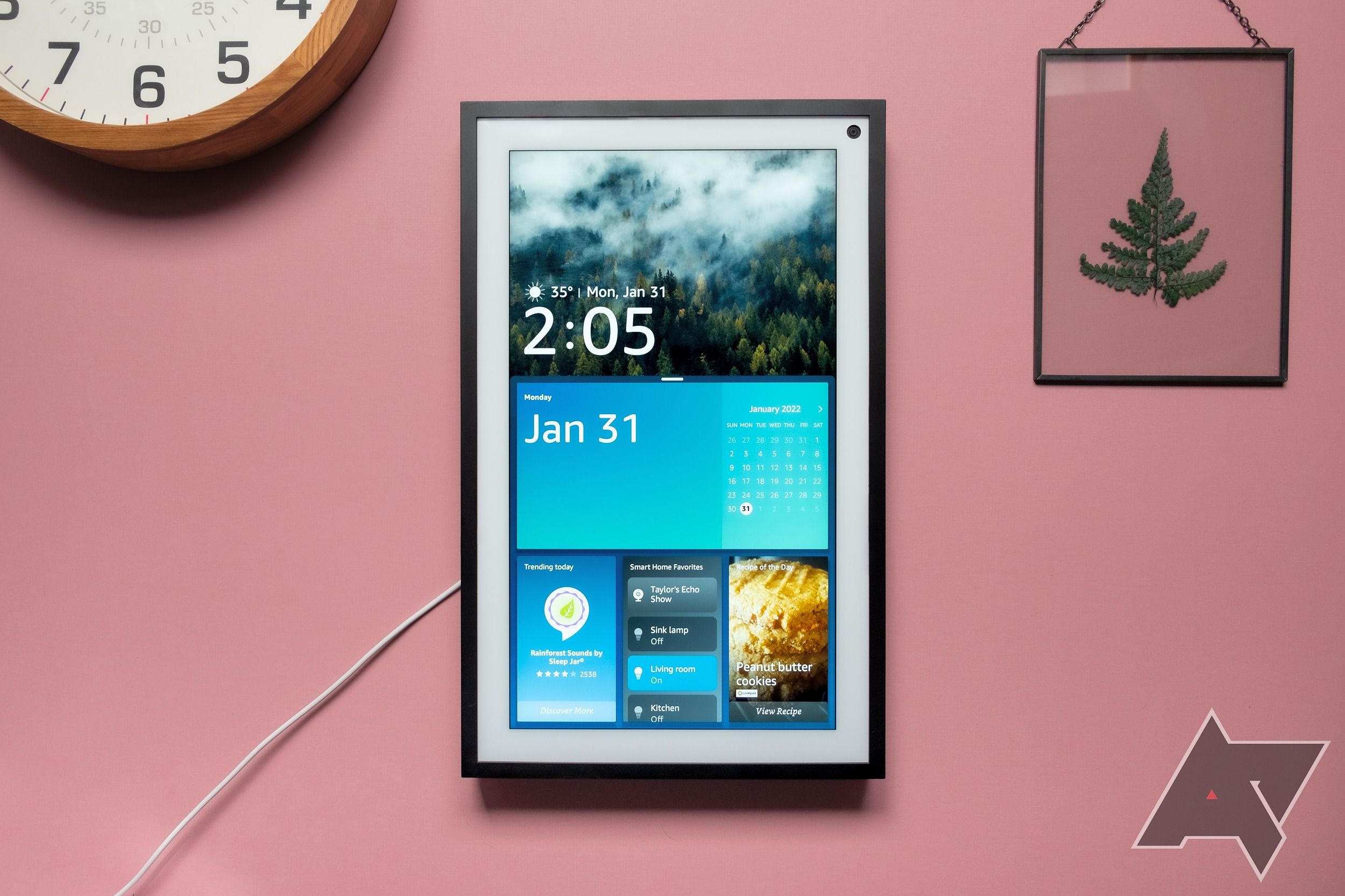How many times have you framed a lengthy query for Alexa, but what you get back is a cold response: "I am having trouble understanding right now"? It's frustrating to hear the same thing after asking your question more than once. While there can be many reasons for your Amazon Alexa speaker to misunderstand you, the fixes are simple to implement. Here are some tips and tricks you can use if Alexa has trouble understanding you.
Check for ambient noise
A TV playing in the background or the hum of a fan can prevent your Echo from hearing you correctly. Go to the Alexa app to check the recordings of your recent commands, and chances are that you will hear a lot of background noise. If the disturbances suppress your commands, you have your culprit. People usually face this issue when the Echo speaker is placed next to another speaker or on a TV cabinet.
A good measure would be to move your Alexa speaker away from the noise source and lower the TV volume when talking to Alexa. If you can't do much about the ambient noise, like with ceiling fans, place the speaker closer to where you usually sit in the room, such as next to a sofa. This will help Alexa hear you better over any background sound without the need to raise your voice.
Rephrase and be specific
The AI-powered algorithms running behind the scenes have improved in the short time since Alexa (and the likes) came into being. Google Assistant making a restaurant reservation on its own in a Google I/O 2018 demo still feels magical, but it can't do all that impressive stuff without human intervention.
You may have noticed that voice assistants, no matter how capable, usually find it difficult to make sense of your natural diction or phrasing. Humans can comprehend broken sentence structures, but AI, unfortunately, cannot (yet).
So, when talking to Alexa, make sure your commands are brief but specific. For example, when asking it to play a song, ensure that the title is right or specify exactly which plug or light you want to turn off. Rephrase your command if Alexa still has trouble understanding it.
Routines are your friends
Alexa can connect and work with a ton of smart home gadgets that you may have in your house. Instead of giving individual commands for each device, why not combine them into a single custom command with routines?
For instance, you can set up a morning routine that will turn on the lights, open the curtains, read your flash briefing, and start your Roomba by saying, "Alexa, good morning." Using routines cuts down the number of individual requests you would otherwise need to make and replaces them with a single one.
This will come in handy in situations where you can't manage the ambient noise. There's a better chance of Alexa understanding your custom, simple command, and in case it doesn't, you'll have to repeat only one command—instead of five.
Alexa, learn my voice
If Alexa fails to understand you even after trying everything mentioned above, it might be a good time to retrain your voice. Alexa could throw such errors if it doesn't know who it's talking to and whether it should give your personal results.
First, delete your existing voice profile from the Alexa app before retraining your voice to start afresh. You can do the voice training from your Echo speaker. Just ask, "Alexa, learn my voice," and it will start a guided tour, where it will ask you to speak a few phrases to help it learn your voice and tell it apart from others in your family. You can do that from the Alexa app, as well, through the profile section.
In either case, speak in your natural tone and ensure that Alexa can hear you clearly. And it's a good idea to get your other family members to set up their voice profiles with Alexa, which will further help the voice bot understand your commands better.
See what Amazon has to say
Amazon also has a few suggestions that you can use to get Alexa to work properly. The company suggests checking your internet connection and making sure that the Echo speaker isn't on mute. The Echo speakers' ring light glows red if they're on mute. Amazon also says you must use the power adapter provided in the box for best results.
And if none of that works, it's time to pull out the big guns: turning the speaker off and on again. Power cycle your Echo speaker by pulling the plug and putting it back in after a couple of minutes. That should do the trick.
Maybe Amazon is at fault
Before resetting your Echo speaker, see if Amazon isn't down. Downtimes have gotten quite a bit frequent these days, and with Amazon's servers not working, there's a chance that many Alexa users are facing the same issue. You can check for mass-scale events on Downdetector's website.
You can't do much if Amazon is down. You'll need to wait for its servers to come online, and then Alexa can respond to your requests once again.
Alexa, STOP!
There will be days when Alexa refuses to listen to you, no matter what. You might find that your smart speaker misunderstands you, even under the best conditions, and starts blabbering about the thing it thought you said. And it won't stop until it has gone through an entire Wikipedia section without a break. In that case, all you can do is take a deep breath and, with all your might, scream at the top of your lungs: "Alexa, STOP!"
So, why do we need Alexa?
Despite their various quirks, smart speakers powered by Alexa and Google Assistant have changed how we interact with our smart home devices. Slap a screen onto these speakers, and you have a device that is versatile enough to be your sleep tracker, photo frame, desk clock, video call device, and entertainment screen—all at once.




